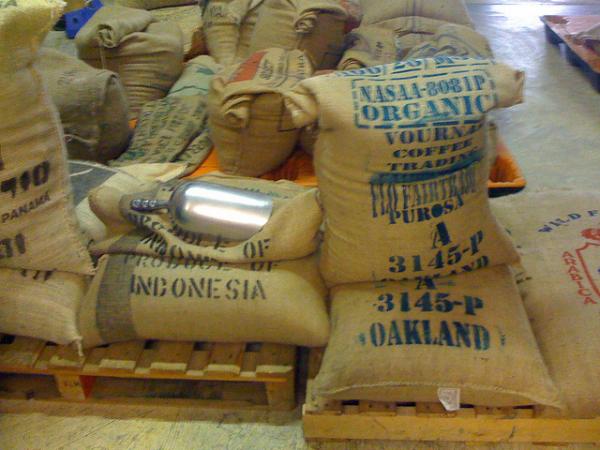Between disputes—even wars—over land rights to the fight for a fair wage, there is no doubt that the coffee industry affects the lives of indigenous people wherever coffee is grown. This is especially true here in Central America where coffee is one of the developing world’s biggest exports. Compacting the affect of coffee on indigenous communities is the threat to their land. Rainforests are cut down to make fields for the coffee while water is contaminated by chemical run offs from herbicides and the curing process. As indigenous people, what can we do to support our brothers and sisters in the Coffee Belt? Well, we can start by buying coffee with ethics but just what do all the labels and certifications mean? Here are four of the most commonly used certifications for coffee and a quick run down of what exactly they stand for:
Rainforest Alliance Certification (RAC)
Created to help combat the destruction of the rainforest, coffee is just one of many products that the Rainforest Alliance certifies. Their environmental standards call for 70 trees (at least 12 must be native species) per 2.5 acres, no altering of natural watercourses, no trafficking of wild animals or irresponsible dumping of hazardous waste.
Children under 15 cannot be hired under the RAC, and coffee farmers are expected to take steps to allow minors to continue their education. However, unless the label reads 100% RAC, as little as 30% of the beans in your bag of coffee may actually be RAC. The origin and growing practices of the other 70% is anybody’s guess.
Organic
Unlike the RAC, at least 95% of the beans in a bag of coffee must meat the USDA’s organic standards to be labeled as organic. These standards prohibit the use of synthetic substances like herbicides and pesticides. While most synthetic substances rarely make it to the consumer (they are either washed off in the processing or burnt off in the roasting) these standards do help the environment and increase the quality of the air, water, and soil that the workers are working in.
Fair Trade
The Fair Trade initiative began as a way to establish a minimum price on a pound of coffee. It’s been estimated that as little as 1 cent of each pound of coffee sold goes to the worker who picked the coffee, and less than copy to the farmer who grew it. As of April 11, 2011, Fair Trade certified coffee guarantees the farmer a price of copy.40 a pound, or copy.70 if it is organic—which still seems like chump change when compared to the copy2-copy6 you will spend on that same pound of coffee. However, the Fair Trade organization also ensures that some of that extra money trickles down to the coffee pickers in the form of a set minimum wage.
Under the Fair Trade label, farmers must follow sustainable practices for disposing of hazardous waste as well as maintain buffer zones around bodies of water to prevent contamination. Water and soil conservation is also stressed.
Shade-Grown Coffee
Shade-grown coffee is simply coffee that has been grown in the shade—under a tree canopy. There are a couple of benefits to shade-grown coffee: first, many swear that it tastes better. After all, it is the traditional way that coffee has been grown. Second, shade-grown coffee is better for the environment because it prevents a monoculture of coffee from occurring. Instead of having acres and acres of just coffee, every few feet a shade tree is planted. This helps cut back on diseases that monocultures are vulnerable too, it’s better for the soil (less erosion) and it encourages birds and other animals to inhabit the area.
However, there is no government or third party certification for shade-grown coffee. Essentially any producer or seller could slap the term “shade-grown” onto their coffee even if it’s not true. Therefore, you can never be sure how exactly your coffee was grown.
Darla Antoine is an enrolled member of the Okanagan Indian Band in British Columbia and grew up in Eastern Washington State. For three years, she worked as a newspaper reporter in the Midwest, reporting on issues relevant to the Native and Hispanic communities, and most recently served as a producer for Native America Calling. In 2011, she moved to Costa Rica, where she currently lives with her husband and their infant son. She lives on an organic and sustainable farm in the “cloud forest”—the highlands of Costa Rica, 9,000 feet above sea level. Due to the high elevation, the conditions for farming and gardening are similar to that of the Pacific Northwest—cold and rainy for most of the year with a short growing season. Antoine has an herb garden, green house, a bee hive, cows, a goat, and two trout ponds stocked with hundreds of rainbow trout.
Read more at http://indiancountrytodaymedianetwork.com/2014/02/16/how-choose-ethical-coffee-support-our-global-indigenous-family-153595

